Known as Vlad the Impaler, Vlad III was the Prince of Wallachia between 1448 and 1477. Born in Sighisoara, Transylvania, he was the second son of Vlad Dracul, who became the ruler of Wallachia in 1436.
His name originated from the Romanian sobriquet of his father, Vlad Dracul, which means “Vlad the Dragon.” His father received the nickname after becoming a member of the Order of the Dragon. The term “Dracula,” which today is the name of a famous fictional vampire, was the nickname of Vlad III for centuries.
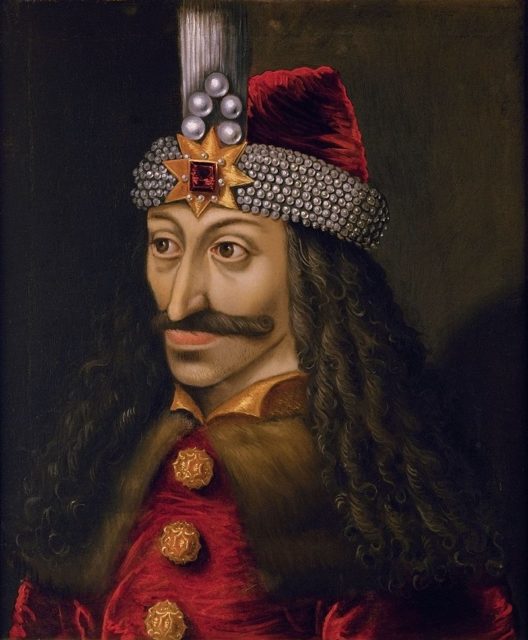
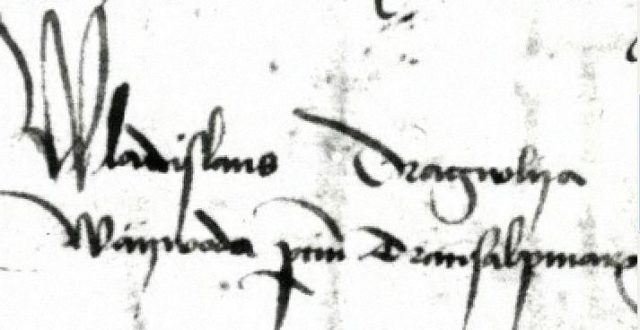
According to modern specialists, Vlad had two wives. One of them was an illegitimate daughter of the military leader John Hunyadi, while the other was the widow of Vencel Pongrac of Szentmiklos. Apparently, the second wife survived him and married two other men after his death. Vlad also had three sons.
Vlad also had three sons. The first, Mihnea, was born in 1462. The second was unnamed and died before 1486, and the third, named Vlad Drakwlya after him, unsuccessfully laid claim to Wallachia’s throne in 1495.
In modern Romania, the word Dracula means “the devil” thanks to Vlad the Impaler’s bad reputation during his lifetime. His nickname “Vlad Dracul the Impaler” comes from his favorite method of execution, impalement.
This process of execution is one of history’s cruelest. It involves the penetration of a person with a stake or a spear, often followed by a complete or partial perforation of the torso.
It seems Vlad enjoyed punishing those who betrayed him by using this method, which made him famous. Stories about his fierceness date back to before he became a prince of Wallachia, and it’s estimated that he killed over 40,000 people during his rule.
Anecdotes about Vlad’s cruelty began spreading across Germany and Italy around 1463 when he was held in captivity in Visegrad. Twelve years after, he was released at the request of Stephan III of Moldavia. Vlad fought against the Ottomans in Bosnia as part of Corvinus’s army in early 1476. He then forced Basarab Laiota, the man who dethroned his brother, to flee from Wallachia with the help of Hungarian and Moldavian troops.
Historians believe that Vlad was murdered on January 10, 1477. He was considered a national hero and a real tyrant because he always punished criminals and killed unpatriotic boyars to strengthen the central government. Peasants believed that back then, only such cruel acts could secure the public order in Wallachia.
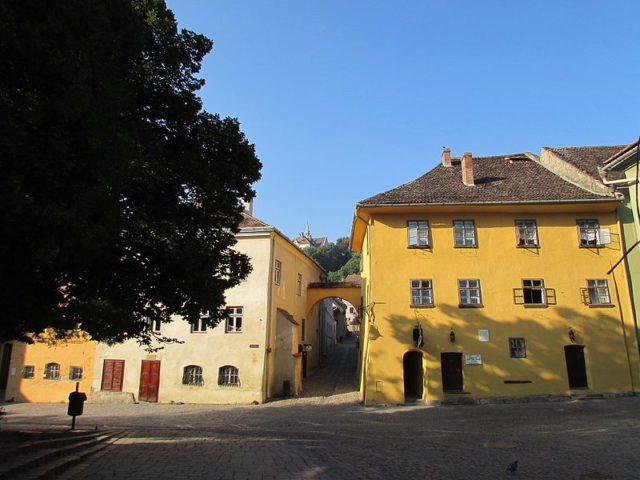
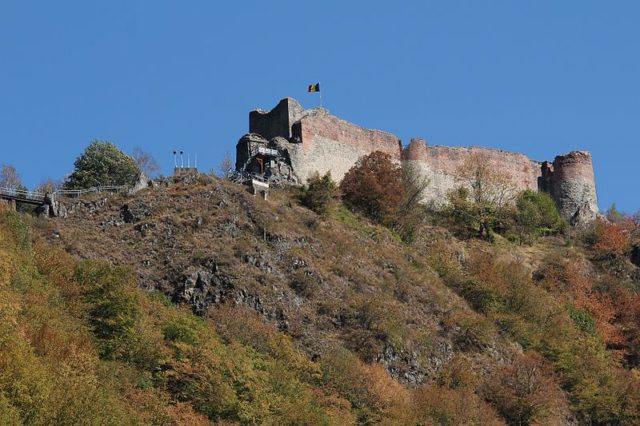
Alexandru Dimitrie Xenopol, one of the first historians to justify Vlad’s acts of terror, considered his cruelty to be the only way to stop the internal fighting of the boyar parties. Another Romanian historian, Constantin C. Giurescu, has claimed: “The tortures and executions which Vlad ordered were not out of caprice, but always had a reason, and very often a reason for a state.”
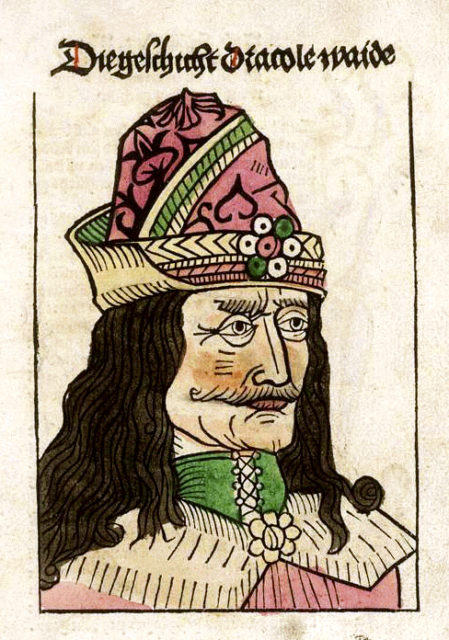
Many bestselling books were written about Vlad, especially in German-speaking territories and Russia.
Over twenty manuscripts about Vlad which preserve the text of the Skazanie o Drakule voievode (The Tale about Voivode Dracula) were written in Russian between the 15th and 18th centuries.
Although they were written in Russian, it’s supposed that the manuscripts were originally written in a South Slavic language because some idioms, such as the word diavol for “evil,” were used inside. However, the original text was written between 1482 and 1486 in Buda, the former capital of Hungary.
People bought books to read about the prince’s violent acts in detail. Due to his cruelty and the personal name given by his father, he also became the inspiration for the fictional vampire in Bram Stoker’s 1897 novel Dracula.
